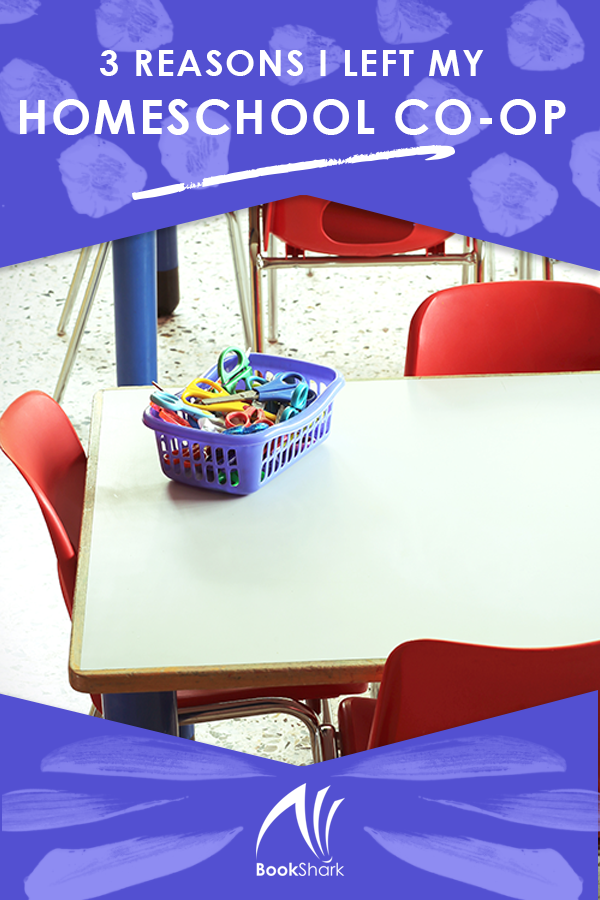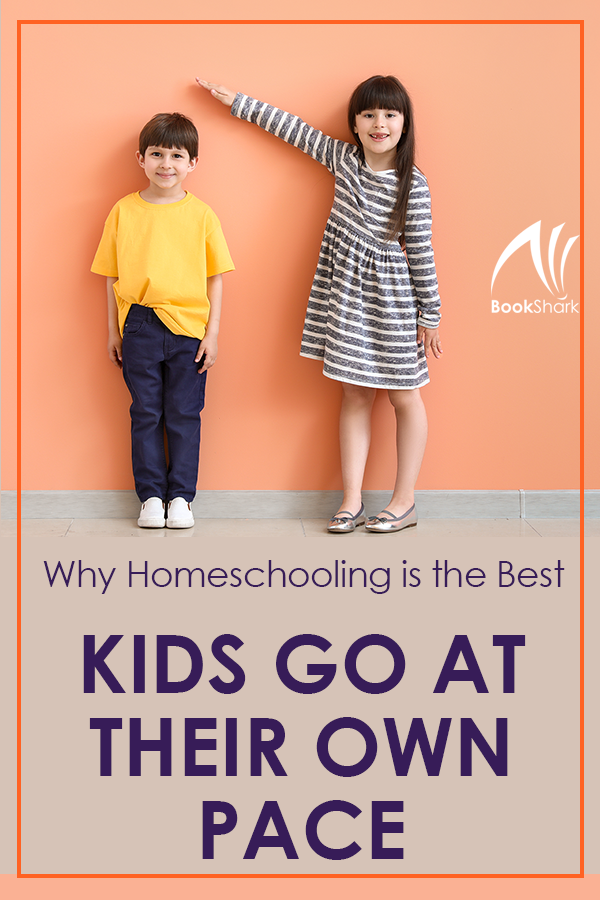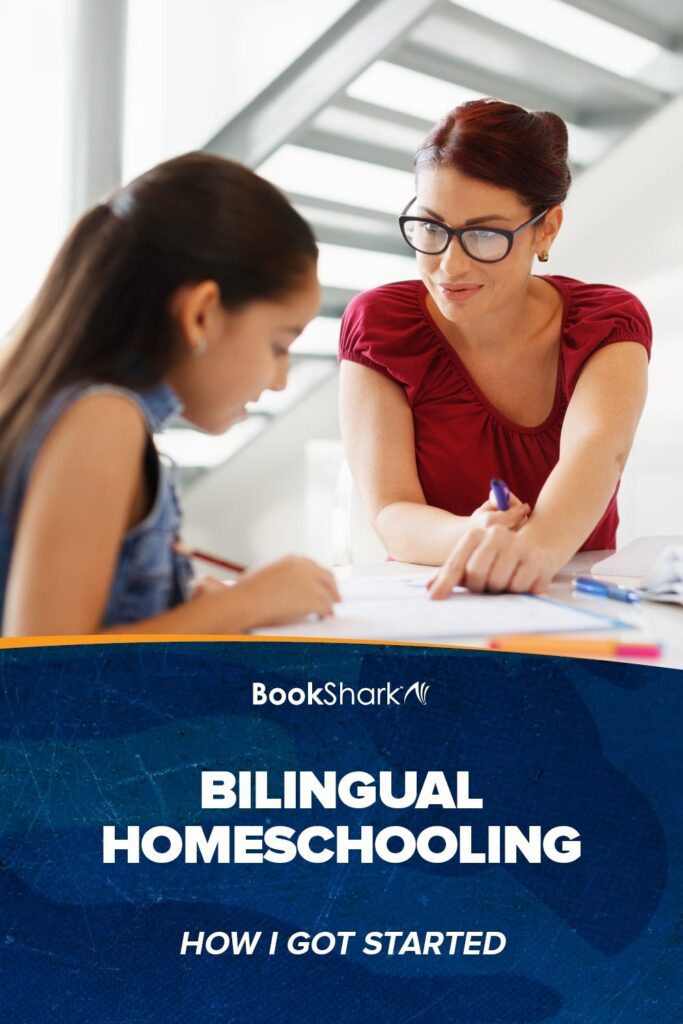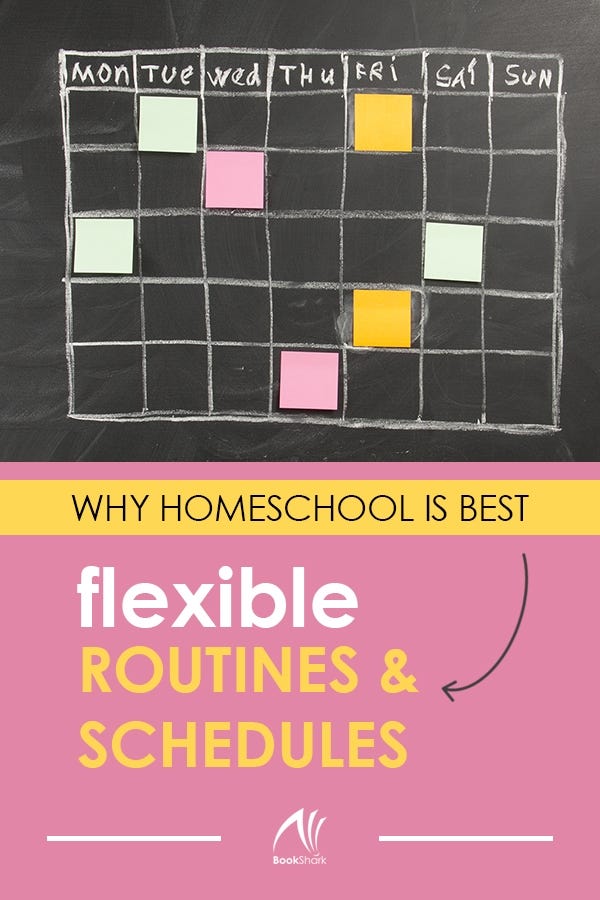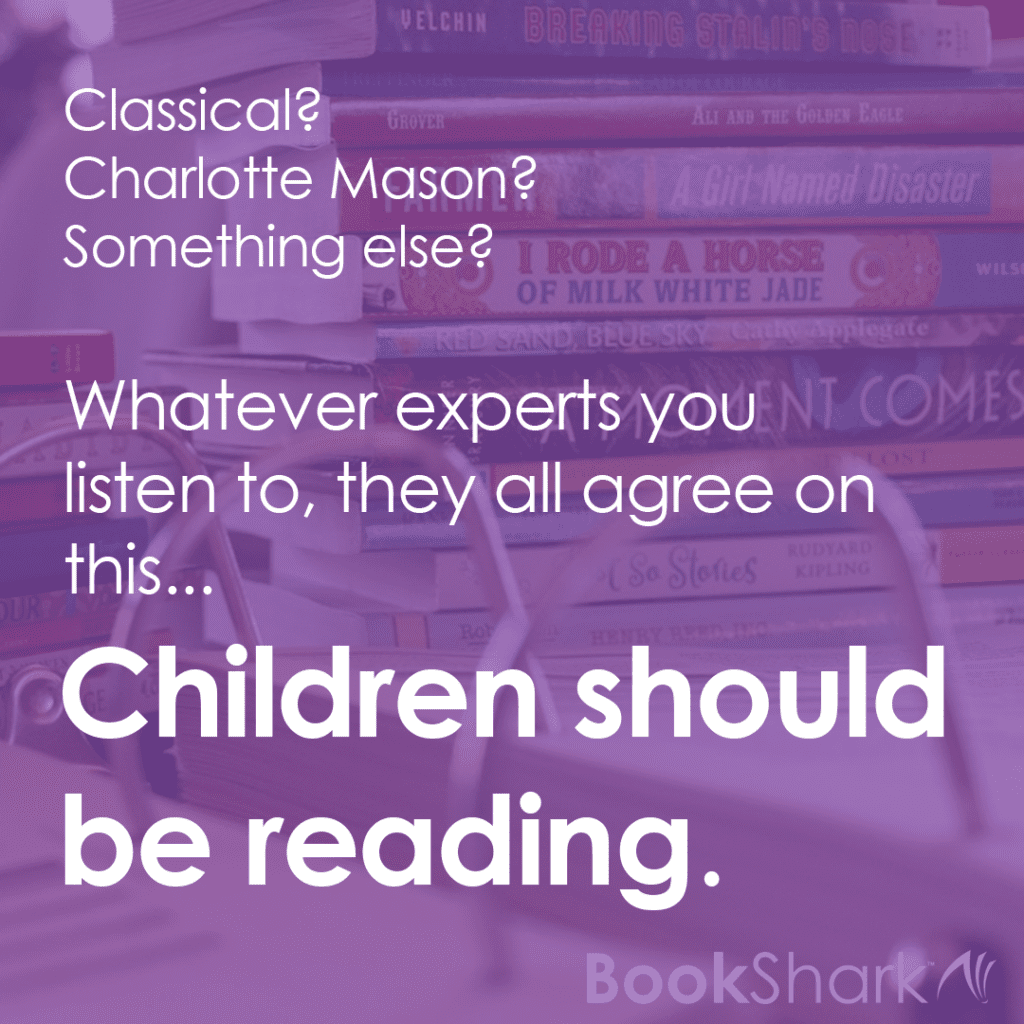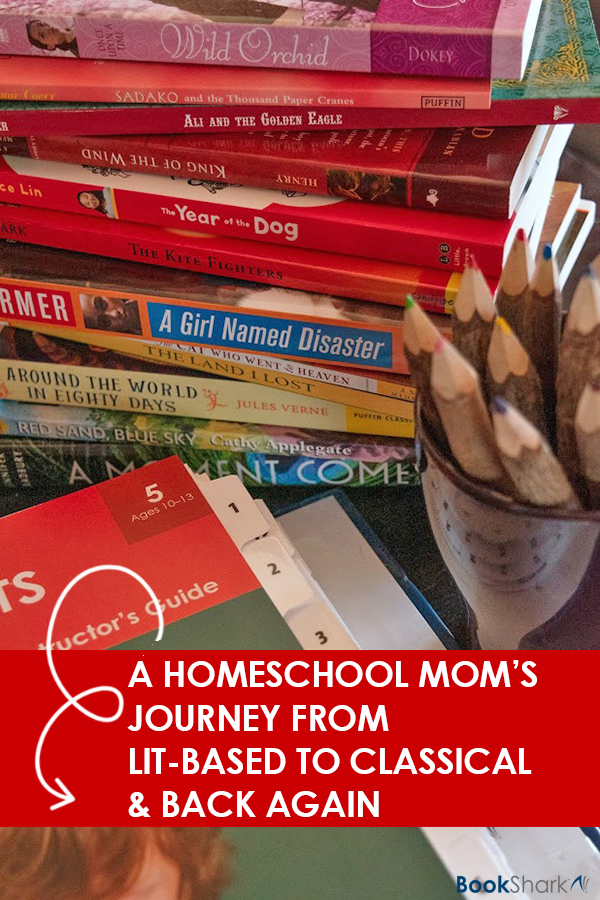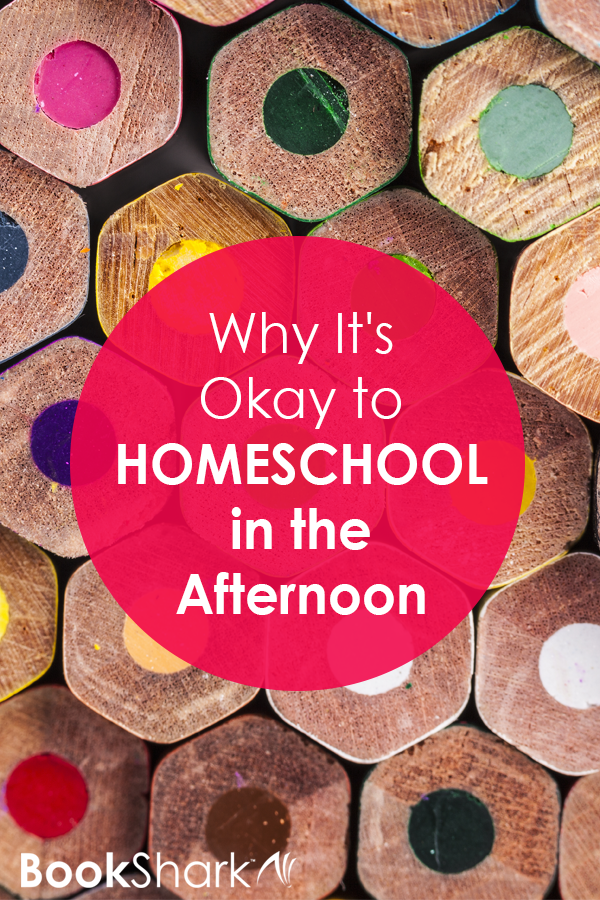Homeschooling has come a long way in the last fifteen years. It used to be that most homeschoolers were educating at home because of religious reasons and mostly kept their children hidden at home—afraid that too much exposure to the world around them would hurt them in some way. These days, people are homeschooling for an array of reasons. Even some who are religious are choosing to homeschool for non-religious reasons.
You might be new to homeschooling and you think that everyone in the homeschool world is highly reserved, secluded, or unaccessible because of their religious beliefs.You might be looking for other folks who have chosen to homeschool not because of their beliefs, but because of other benefits of the homeschool lifestyle. If so, you can probably relate to my story.
I became a mom very young—19 to be exact. I never knew I wanted to be a mother, but when the doctor placed my son in my arms, my heart exploded, and I knew I would never leave home to work again if I could at all help it. Luckily, my new husband felt the same and I’ve been home with him ever since, along with three more little hooligans who have joined the ranks.
Being such a young, inexperienced mother, I was fearful of making mistakes, so choosing whether or not to send our oldest to school was a huge decision. In my heart I didn’t want to miss those formative days with my son. It wasn’t a control issue or fear; I just wanted to be with him and enjoy life with him. After a trial-run year at a private school for kindergarten, we decided to try homeschooling. We’re now in our eighth year of homeschooling, and it has been a beautiful thing for our family.
We wanted to be with our kids. We wanted to explore with them, do our days together, learn together, and have all day to achieve the education we dreamed about for them. Those were our reasons, and here are more non-religious reasons you might choose to homeschool:
The Love of Learning
The beauty of homeschooling is that you can cater to each and every one of your child’s interests and hobbies. You can choose rich literature and great teaching tactics to give your child an amazing love of learning to last their whole lives. This is another reason we chose to homeschool. After my son came home from Kindergarten with worksheet after worksheet, I knew I could give him something more—something that would light a fire in him to explore more, ask questions, and ignite his brain to think deeper.
Flexible Schedules
Some people choose to homeschool simply because they don’t want to answer to a big school calendar telling them where to be when. Having your school days open to explore is an awesome part of homeschooling, and some choose to homeschool because of this huge perk alone!
School Troubles
Bullies, teachers who don’t understand your child, and problems with friends or faculty are all reasons parents choose to pull their children out of school and give them a home education. Sometimes all it takes is a negative situation at school to open a parent’s eyes to what homeschooling offers in contrast.
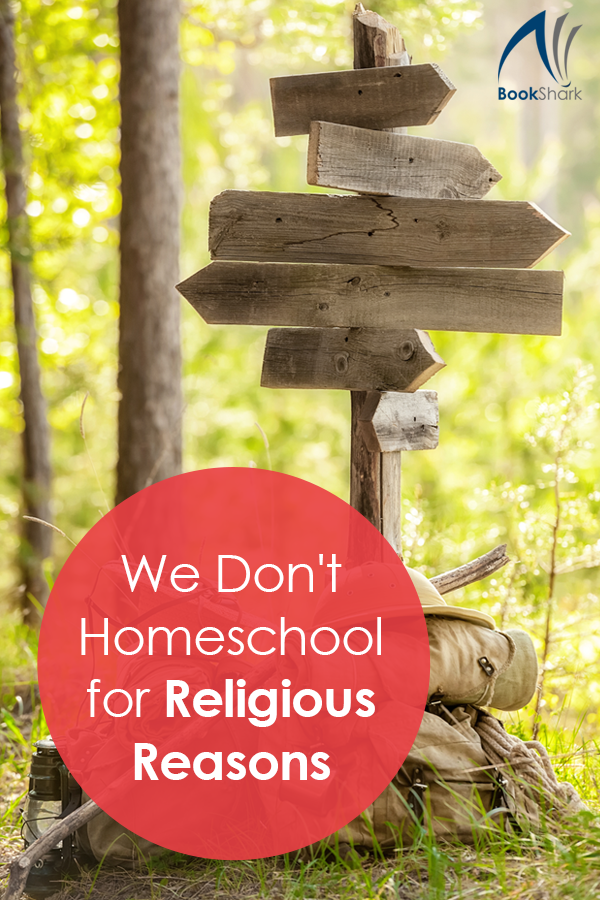
Indivdualized Learning
The hard part about a traditional school is that it doesn’t have the adaptability to choose curriculum based on each child’s learning style. They have a budget to choose one curriculum that might have to last several years even if it’s not recepted well. This is where individualized learning comes in, and this is another reason why many people choose to educate at home. We have this amazing ability to change curriculum, try new things, switch halfway through the year, or scrap curriculum altogether!
There are tons of other reasons parents choose to homeschool; this just scratches the surface. I personally am a Christian, but that’s not why I chose to homeschool my children. My husband and I don’t want to control them or shield them from the world. On the contrary! There are so many beautiful things to experience out there, and homeschooling allows us the freedome to truly explore them. We all homeschool for different reasons, but the wonderful world of homeschooling is our common thread that makes us all non-traditional innovators.
BookShark offers literature-rich, secular curriculum packages for families who have chosen to homeschool for whatever reasons.

About Our Author
Alicia Hutchinson is the homeschooling mom to four. She and her children love reading and history and exploring outside. They are just settling into their new home in the Minneapolis area, where they just relocated from North Carolina.
You can read more about Alicia and their homeschooling adventures, current projects, and thoughts on motherhood at her blog Investing Love.


